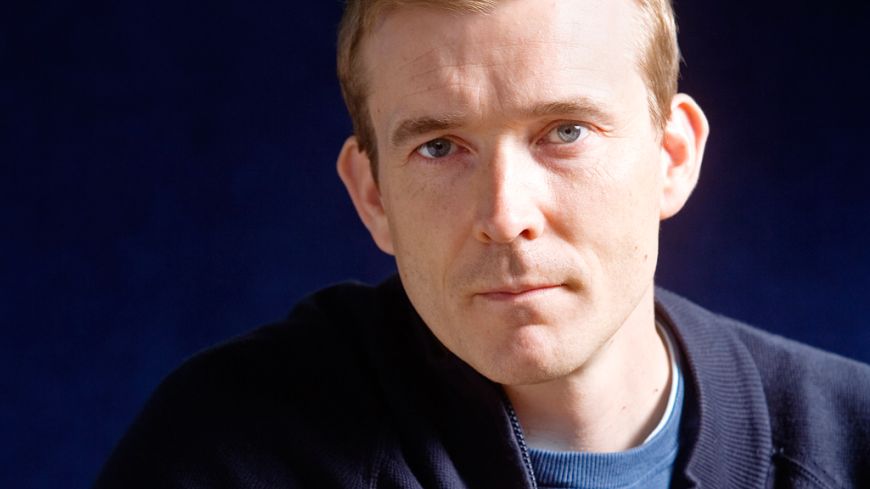
David Mitchell’s got it. He has moved from relative obscurity among mainstream book readers to being one of the most popular authors in Britain.
When he visited the Edinburgh Festival in 2004, having just published his third novel Cloud Atlas, he was speaking to Hari Kunzru in one of the festival’s smaller venues, and only to a half-filled tent. Six years later, and only two novels later, Mitchell is able to fill the festival’s main venue to the brink, with queues going all the way around Charlotte Square, home of the Book Festival.
In 2004 Mitchell was looking into the future with Cloud Atlas, which turned out to be the work that would spiral him into literary super-stardom. Today he looked back in time with his deeply researched The Thousand Autumns of Jacob de Zoet.
David Mitchell is not only popular, he has also won various literary awards, and his first two novels Ghostwritten and Number9Dream were both shortlisted for the Booker Prize. The Thousand Autumns of Jacob de Zoet has been longlisted for Booker in 2010.
Mitchell’s latest opus has been underway for a long time. The book took him four years to research, but the original idea for the novel came back in 1994 when Mitchell was travelling in Japan, in Nagasaki. He ended up in an area with odd, out of place, “pristine white storehouses”, reconstructed since the WW2 bombing. This happened to be the site of the only trading post that the Japanese allowed any Europeans to have during Japan’s isolation for two and a half centuries. It was impossible to leave or enter the country, except for this “little cat flap, this small crack in the door in Nagasaki.”
The site was run by the Dutch, who had managed to convince the Japanese rulers they were not interested in converting the locals to Christianity, “but only there for the money. It just made my little novelist song board, my curiosity Geiger counter go tic-tic-tic.”
The first draft for The Thousand Autumns of Jacob de Zoet was, besides being yet untitled, 600 pages and too long. One of Mitchell’s techniques to shorten it was to use film-style cuts, and let the reader imagine what exactly happened in the left out bits. Mitchell’s theory is that one of the main differences between 20th century and 19th century writers is the influence by film, and thus the use of such techniques. Leaving gaps for the reader to fill in the blanks is thus not only economy of style, it’s also a stylistic choice.
After the usual reading by the author and a couple of questions from chair Steven Gale, a member of the audience, who had just completed The Thousand Autumns of Jacob de Zoet before breakfast the same morning, wanted to know whether Mitchell had put his “experimental novels behind him. Mitchel replied that he never tries to be experimental as such, and each of his books turn out the way they do because that’s the best way he has been able to convey their content.
That being said, Mitchell explained that The Thousand Autumns of Jacob de Zoet is “slightly less orthodox that you think. Three parts, 13 chapters each. The first chapter in each one has a narrative head who is then not used in the rest of that section. Then the first section has one narrative head, Jacob, the second section has two narrative heads, and in the third section we have three narrative heads. It kind of accelerates as it goes through, so...it’s fancier than you thought.”
David Mitchell’s got it, and this afternoon in Edinburgh he had the Book Festival audience entirely gripped.

